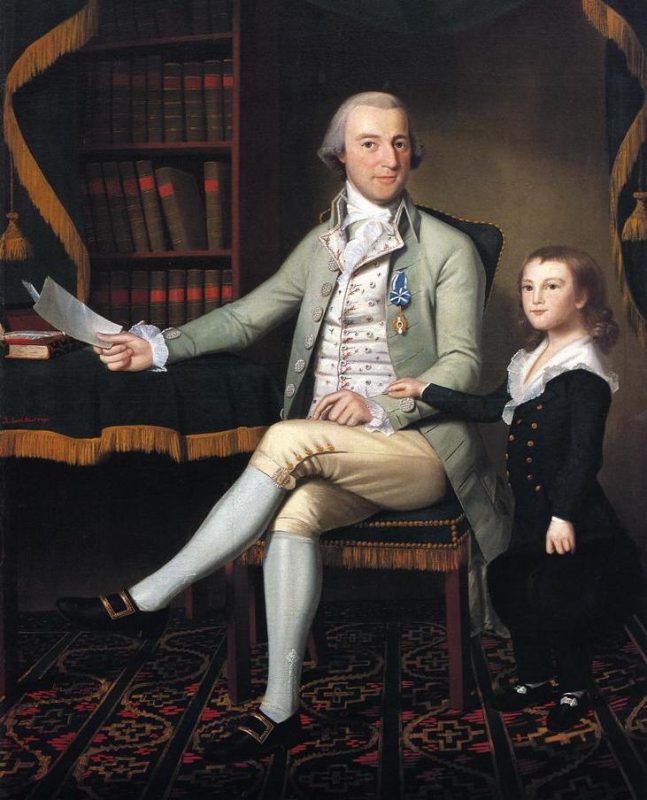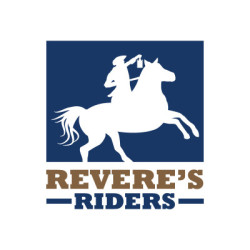Culper Spy Ring: Separating Fact from Fiction
A new post over at the Journal of the American Revolution explores the Culper Spy Ring that provided intelligence to General George Washington during the Revolutionary War. Major Benjamin Tallmadge headed the spy ring which grew to become an important source of tactical information to Washington including alerting him to Tryon’s Raid which was intended to divide Washington’s forces in New York. The Culper Spy Ring was also instrumental in uncovering a high-ranking patriot officer who was secretly collaborating with the British: Benedict Arnold.

From the Journal of the American Revolution’s post:
The efforts of a group of self-taught Patriot spies who would later become known as the Culper Spy Ring played an important role in winning independence from Great Britain. But their story still has many missing pieces, and unfortunately legend and even unsubstantiated speculation have filled the gaps.
From experience in the French and Indian War, the Continental Army commander, Gen. George Washington, knew that gaining intelligence of British military actions through a spy network was critical if his underdog army was to have a chance of successfully fighting the one of the strongest military powers in the world. So when the British gained control of New York City and Long Island in autumn 1776, Washington began a long and difficult process of creating an espionage operation in the region.
Historians have long been fascinated by the intelligence efforts undertaken by enthusiastic amateurs. In more than a dozen books, researchers have tried to sort out who was involved and exactly what their roles were. The biggest mystery was the identity of Culper Junior, the chief spy in Manhattan in the later years of the war. Most of the spy ring operatives identified themselves or were identified after the war, but not Culper Junior. So when Long Island historian Morton Pennypacker revealed him to have been Robert Townsend of Oyster Bay in 1930 and then proved it with document analysis nine years later, it generated considerable attention.
The Journal goes on to discuss several slimly supported theories on participants in the Culper Spy Ring and their activities.
For those with an ongoing interest in Revolutionary War history, the Journal of the American Revolution is a highly recommended resource.


You must be logged in to post a comment.